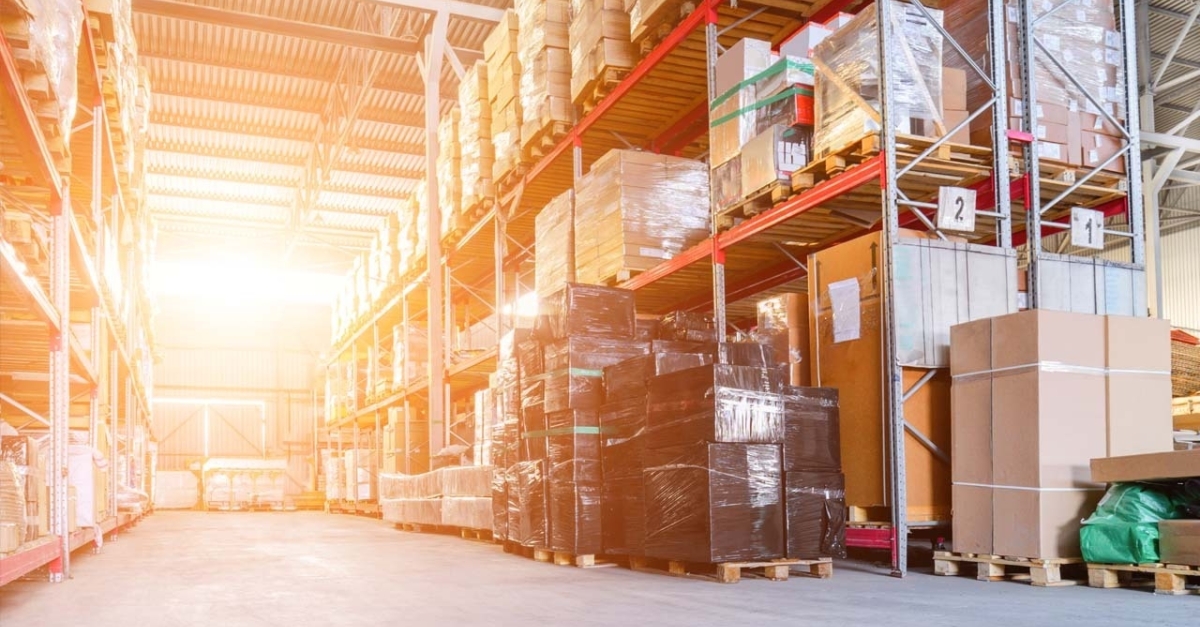Warehouses often require practical and efficient solutions to maintain suitable working conditions, especially during colder months. One effective method is the use of temporary heating systems. These systems not only ensure comfort for staff but also protect inventory from cold damage.
Understanding Temporary Heating
Temporary heating refers to systems that are installed and used on a short-term basis within warehouses to regulate temperature. These can range from portable heaters to more complex systems.
Benefits of Temporary Heating Solutions
Temporary heating solutions are ideal for warehouses experiencing fluctuations in requirements. They are highly flexible and can be customised based on specific warehouse needs, ensuring both energy efficiency and cost-effectiveness.
Types of Temporary Heating Systems
Understanding the different types of temporary heating systems available can help in choosing the right solution for a particular warehouse.
Portable Heaters
These are the most commonly used type of temporary heating. Portable heaters are easy to install and move around as required, making them versatile and practical for immediate heating needs.
Indirect Fired Heaters
Indirect fired heaters use a heat exchanger to warm air, which is then distributed into the warehouse. These heaters are efficient and offer clean air flow, ideal for facilities requiring minimal contamination risk.
Direct Fired Heaters
Direct fired heaters are another popular option, using fuel combustion to generate heat. They are efficient and generally less expensive to operate, although they require adequate ventilation.
Factors to Consider When Choosing a Heating System
Choosing an appropriate temporary heating system involves several considerations to maximise efficiency and suitability.
Energy Efficiency
It is crucial to select systems that consume less energy whilst providing adequate heat. Energy-efficient systems reduce operational costs and environmental impact.
Space Utilisation
The heating system must suit the layout and size of the warehouse. Large, open spaces may require larger units or multiple heaters for effective temperature regulation.
Cost Considerations
Budget constraints will inevitably influence the choice of a temporary heating solution. Analysis of upfront costs versus long-term savings will guide appropriate selections.
Implementing Effective Solutions
The implementation of temporary heating solutions should be strategic. Understanding the spatial dynamics and heating requirements of a warehouse is crucial.
Positioning and Distribution
Adequate positioning ensures the even distribution of heat throughout the warehouse, reducing cold spots and maintaining consistent temperatures.
Regular Maintenance
Regular maintenance of heating systems is essential to ensure efficient operation. This includes checking for damages and ensuring adequate fuel or power supply.
Conclusion
Temporary heating solutions are an invaluable asset for maintaining optimal warehouse conditions. By understanding different options and considering the specific needs of warehouse spaces, businesses can effectively utilise these systems to enhance comfort and operational efficiency.

